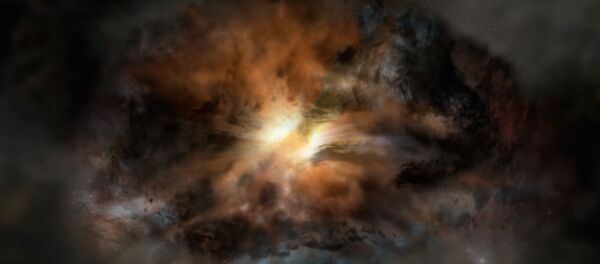The telescope’s 2.4 meter mirrors are the same as those used in Hubble, and, coupled with new electronics, allow seeing space in near-infrared wavelengths at greater depth than previously measured.
WFIRST will be also equipped with a sensitive coronagraph, an instrument used to block extremely bright surfaces, such as stars, allowing the observation of objects such as exoplanets in greater detail.
Other mission specifications and requirements will be detailed during the construction phase, according to David Spergel, co-chair of the WFIRST science definition team.
"An example of something that we will decide during formulation is the filters that we will use. We need to weigh the relative merits of being sensitive to bluer photons versus having sharper wavelength coverage" Spergel outlined in an interview with Discovery News. "Improved blue sensitivity will help us better characterize the properties of stars in nearby galaxies, but possibly at the cost of less accurate determination of distance to galaxies through photometry," he added.
Congress has currently allocated some $90 million to NASA for the 2016 fiscal year, six times more than agency initially requested. Due to the financial boost the build phase will start a month ahead of a schedule.
The mission is expected to be launched by 2024, and to spend some six years at the L2 Lagrange point, a location a million miles from Earth in the direction away from the sun.



